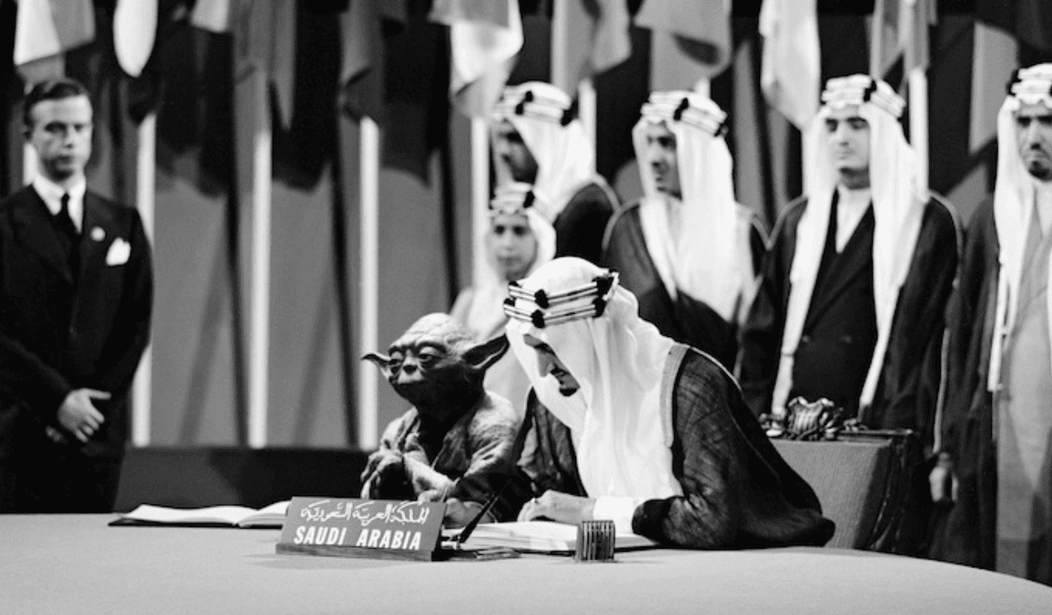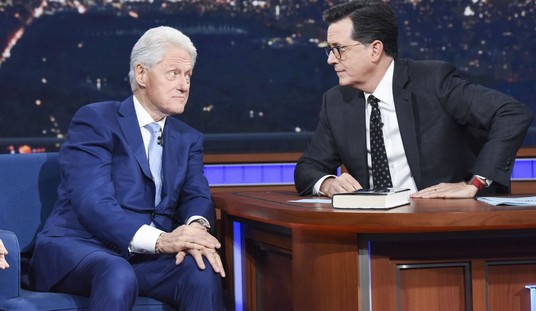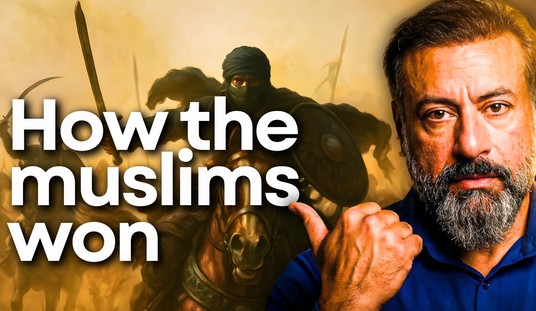The Force is with Saudi high school students, or at least it was.
When teenagers in the Middle Eastern country of Saudi Arabia opened their history textbooks, they had a pleasant surprise in their lesson about the United Nations. Sitting next to (not-yet-King) Faisal at the signing of the United Nations Charter in San Francisco in 1945 was … Jedi Master Yoda.
The “Star Wars” character wasn’t there in 1945, more’s the pity. On Thursday, Saudi education minister Ahmed al-Eissa apologized on Twitter for what he called an “unintended mistake.”
“The Education Ministry regrets the unintended mistake that appeared in the picture of the signing of the Charter of the United Nations Commission,” al-Eissa said.
تأسف وزارة التعليم على الخطأ غير المقصود الذي ظهر في صورة التوقيع على ميثاق هيئة الأمم المتحدة في مقرر الدراسات الاجتماعيات والوطنية..
— د. أحمد العيسى (@aleissaahmed) September 21, 2017
In a subsequent tweet, al-Eissa announced the education ministry had begun printing a corrected copy of the curriculum.
وقد بدأت الوزارة بطباعة نسخة مصححة من المقرر وسحب النسخ السابقة، وشكلت لجنة قانونية لتحديد مصدر الخطأ واتخاذ الإجراء المناسب حياله.
— د. أحمد العيسى (@aleissaahmed) September 21, 2017
There was a disturbance in the Force, as if thousands of Saudi teenagers were suddenly deprived of something rather epic. But perhaps they would not even know something terrible had happened.
Saudi Arabia has no public movie theaters, suggesting that few teenagers may even know who Master Yoda is. The artist, however, photoshopped the Jedi in with the Saudi king as a tribute to Faisal.
“I am the one who designed it, but I am not the one who put it in the book,” artist Abdullah Al Shehri told The New York Times. The 26-year-old Shehri, who goes by the nickname Shaweesh, mixes pop culture icons into historic photographs.
Shehri said he was inspired by photo archives from the Middle East. “All the pictures were very sad, you know, refugees and war,” the artist recalled.
He came across a photo of Egyptian President Anwar Sadat, however, in which the president met Mickey Mouse in Disneyland. “This is what the archive needs,” Shehri recalled thinking. “Something fun, something that makes it less depressing.”
Then he came across the photo that should have appeared in the textbook: a black-and-white picture of Faisal, who was not then a king, signing the UN Charter in San Francisco in 1945.
Shehri said Faisal “was wise and was always strong in his speeches. So I found that Yoda was the closest character to the king. And also Yoda and his lightsaber — it’s all green.” Green is the color of the Saudi flag.
Faisal was the son of Ibn Saud, known in Arabia as Abdulaziz, the man who united Saudi Arabia in 1932. In 1945, Faisal was a prince and served as the foreign minister at the UN. He became king in 1964 and ruled for more than 10 years (but not quite 11, as the Times erroneously reported). He is credited with rescuing the country’s finances, abolishing slavery, and expanding religious inclusiveness. He was assassinated by his nephew in 1975.
Yoda, however, was a wise Jedi master who lived to the age of 900 and trained Master Qui-Gon Jinn (who trained Obi-Wan Kenobi, who trained Anakin Skywalker) and Luke Skywalker. His skills with a lightsaber and with the Force were legendary, but even he could not see the plan of the Sith to destroy the Republic. He appeared in five “Star Wars” movies: The Empire Strikes Back (1980), The Return of the Jedi (1983), The Phantom Menace (1999), Attack of the Clones (2002), and Revenge of the Sith (2005).
Shehri has shown his work pairing Faisal and Yoda in galleries across the world: in Dubai, United Arab Emirates; in Houston, Texas; and in Aspen, Colo., he told The Times.
But on Wednesday, his mother — a biology teacher — saw the photo in the last place she would have expected, the history textbook. She immediately reached out to her son. “Isn’t this your work?” Shehri recalled his mother asking. “It’s in the book.”
The artist’s other works include a picture of another “Star Wars” character standing between Lawrence of Arabia and the king of Iraq at the Paris peace conference of 1919, which produced the Treaty of Versailles ending World War I and dividing up the Middle East into many of the countries that exist today. Shehri chose the ominous presence of Darth Vader for that photograph. Another photo shows Captain America in a Middle Eastern setting.
Thanks to one textbook author’s screw-up — or a tremendously ingenious practical joke — the Jedi Master Yoda is now part of Saudi Arabia’s history, and there’s nothing al-Eissa can do to stop that. Perhaps it is conjecture, but any good “Star Wars” fan must certainly suspect that al-Eissa has a bad feeling about this.









Join the conversation as a VIP Member